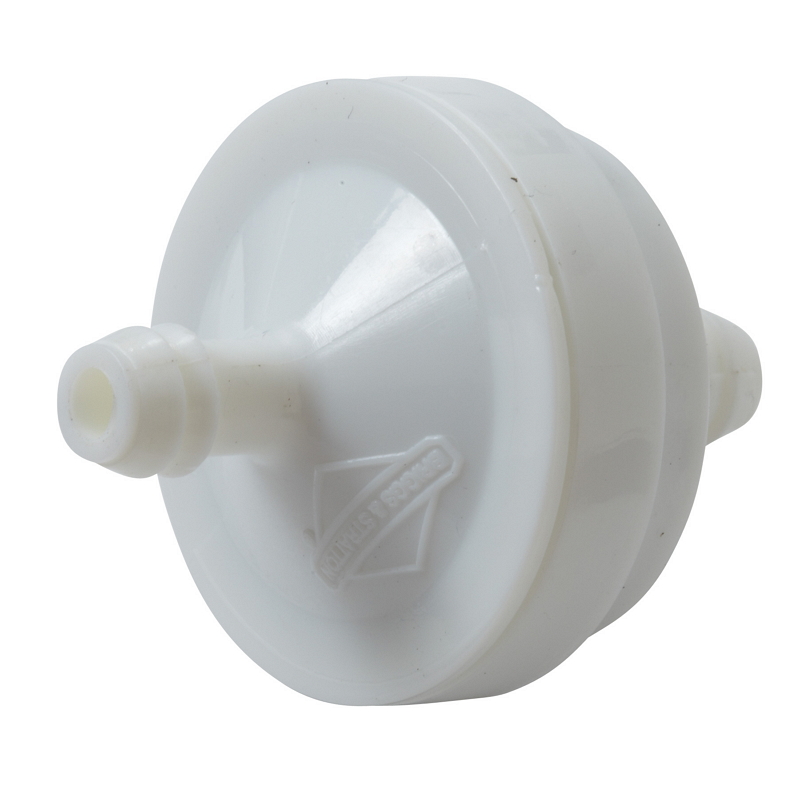How to change a fuel filter in small engines?
Quick Links:
Why Should You Change the Fuel Filter?
There are many benefits to changing a fuel filter in your small engine. A fuel filter is designed to properly strain the gas before it reaches the carburetor in your lawn mower, snow blower, or equipment.
Fuel filter replacement is important because:
- It prevents foreign particles from clogging your engine's fuel system
- Dirty fuel filters can cause your engine to run too lean, leading to diminished performance and uneven operation
The fuel filter will be located either inside the fuel tank or fitted into the fuel line between the tank and the fuel pump. Some fuel tanks have internal, non-serviceable fuel filters.
If you are unsure of where your fuel filter is located, refer to your Briggs & Stratton® Engine Operator's manual to determine the location.
The proper fuel filter for your engine depends on the engine's design. Check your engine Illustrated Parts List or consult your local Briggs & Stratton dealer for the correct replacement filter. Once you know the correct part, you can purchase Briggs & Stratton® fuel filters online or from your local Briggs & Stratton dealer.
Make sure you are in a safe area with no open flame or fire source. Wear safety eyewear whenever removing or inspecting a filter to protect your eyes from liquid fuel or fuel vapors. Have a dry cloth handy to hold the filter and catch any dripping fuel.
If the filter is installed inside the tank, you will need to drain the tank before you can remove the filter for inspection or replacement.
- Shut the fuel valve, if equipped. It may be located at the base of the fuel tank, where the gas line is attached. If your tank is not equipped with a valve, clamp the gas line, using a fuel line clamp. Do not pinch the fuel line as this could cause damage to it.
- If your filter is installed in the fuel line, remove the metal clips on each side of the filter, using needle nose pliers, and slide the filter out of the fuel line.
- Shake the filter over a clean cloth to displace any remaining fuel, then use the cloth to wipe away any residue from the outside of the filter.
- Keep the filter a safe distance from your face and look through one end.
- You should be able to see light shining through clearly from the other side (this method will not work for all Briggs & Stratton fuel filters). If debris is clogging the mesh screen, pleated paper, or the inside of the casing, replace the old filter with a new replacement fuel filter.
- When replacing the fuel filter, be sure to reconnect the metal clips on both sides of the filter. Please keep in mind that some filters have a direction of flow arrow on it. The filter must be installed correctly for proper operation.
- Remove the clamp on the fuel line or reopen the fuel valve when the fuel filter is secure.
- Check for leaks. Do not operate the unit if any are found.
Note: If the fuel line is cracking, replace the fuel line to ensure no leaks, the fuel line will break down over time due to the elements.
WARNING: Always read the engine and equipment manual(s) before starting, operating, or servicing your engine or equipment to avoid personal injury or property damage. See an authorized dealer if you are unsure of any procedure or have additional questions.





